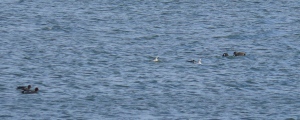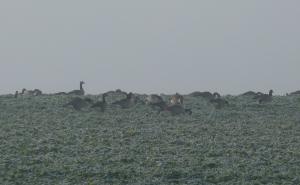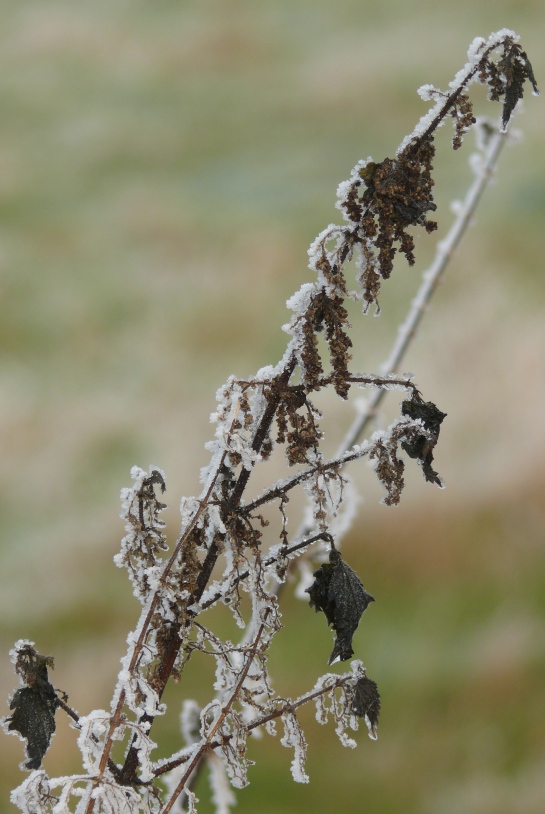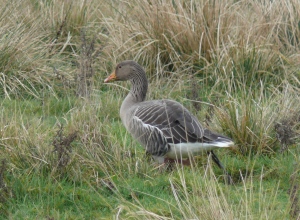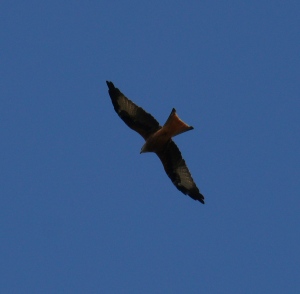
Presumed hybrid Aythya with Tufted Ducks at EBR (Andy Mackay)
A few days ago Andy Mackay sent me these images of an interesting (and tricky) Aythya at EBR. The credit for this one really goes to him, so I’ll let him speak for himself:
It’s the same bird that Tony Taylor and I saw distantly off the Plantation on 1st November, when we decided that it looked OK for a moulting drake Scaup. Seeing it much closer there are a few things that concern me:
1) The mantle vermiculations seem coarse for a Scaup, almost Lesser Scaup-like, although this might just be because I don’t often see them this close!
2) Not shown on any of the photos, but through the scope I could see a definite purple gloss to the head at times when it was head on. From the side it was always obviously green.
3) Distinct pale band behind the black nail on the bill (more obvious in the field than it appears in any of these images), which I don’t recall seeing on a Scaup before, and doesn’t seem to be shown to the same extent by any birds in a quick Google image search.
4) Again, not shown very well in any of my photos, but at times it seemed to have a trace of a tuft or ‘bump’ on the back of the head. At other times though it seemed perfectly round headed.
5) Small size – barely bigger than a Tufted Duck, and not particularly ‘broad-beamed’ when seen front-on.
I saw it wing flap once, and the wing pattern looked like a normal Scaup or Tufted Duck, with white extending well onto the primaries.
Now that I’ve had time to have a good look at the images and compare them with reference material, I agree with Andy that it’s probably a hybrid. After considering various possibilities (including Pacific Scaup) it seems most likely to be a hybrid between Scaup and Tufted, or possibly between Scaup and Lesser Scaup. The features which concern me most are:
head shape – in all the images there is distinct peak on the hind crown, and in the head-on image the crown seems to narrow (should be flatter in Scaup)
size – rather small for a Scaup
mantle vermiculations – possibly OK for Pacific Scaup, but look too coarse for European Scaup
pale behind nail – looks rather similar to Tufted
On its own none of these points would necessarily be conclusive, but taken together they are difficult to explain away by individual variation. Ducks are relatively promiscuous, so hybrids are not uncommon. Although Scaup is roughly ten times more numerous than similar hybrids in L&R, this bird reminds us that subtle hybrids are likely to be overlooked or misidentified unless they are seen very well.

Presumed hybrid Aythya at EBR (Andy Mackay)











